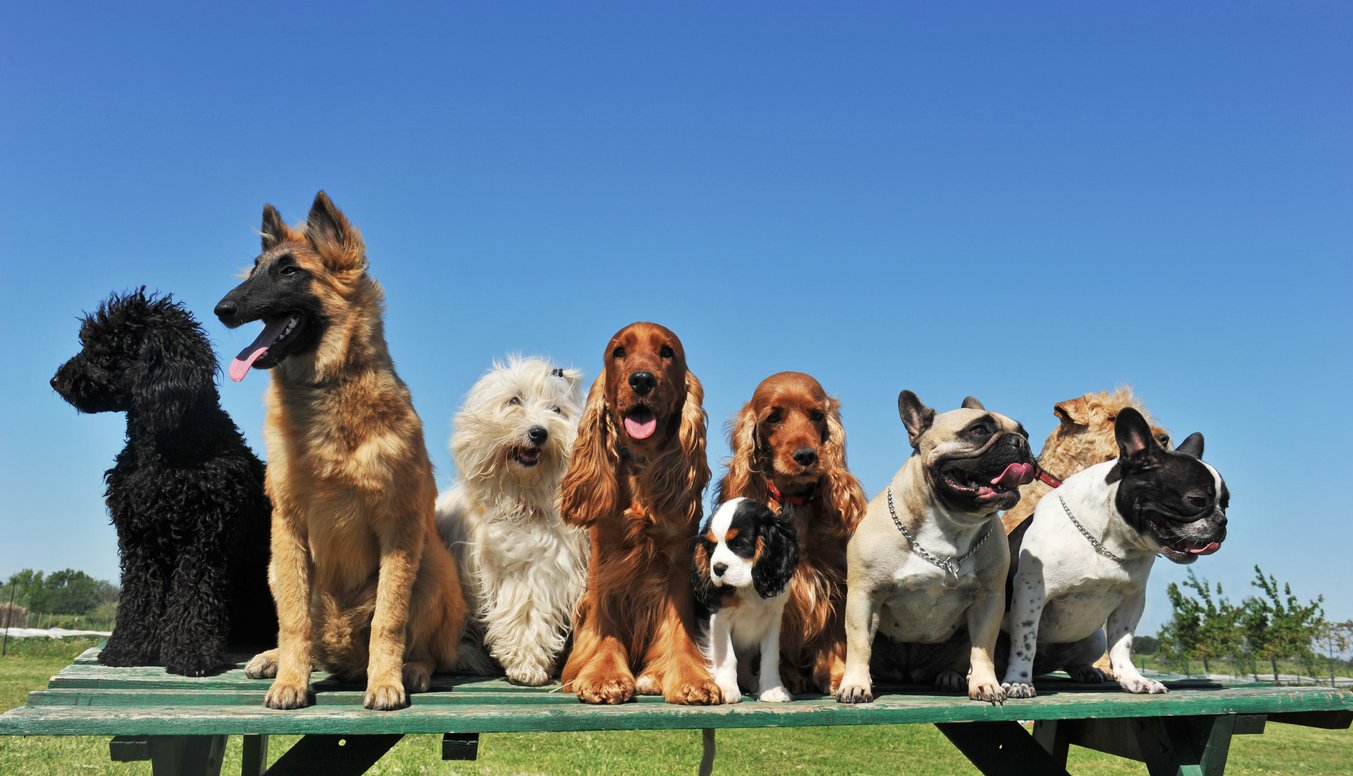Children and dogs can be the best of friends. However, it’s vital to recognize that not all dogs are naturally kid-friendly, and even the most gentle pups can react unexpectedly in certain situations.
Understanding how to keep kids safe around dogs is essential for nurturing harmonious relationships and preventing accidents. In this guide, we’ll explore essential safety tips and techniques to ensure that interactions between children and dogs are positive and secure.
Educate Kids About Dog Behavior
 The first step in ensuring safety is educating children about dog behavior. Kids often approach dogs with unfiltered enthusiasm, which can be intimidating for the animal. Teach them to observe a dog’s body language and recognize when it feels anxious or threatened. For instance, a dog that’s backing away, growling, or has its ears pinned back may need space. Encouraging kids to give dogs room and respect their personal boundaries can prevent many misunderstandings.
The first step in ensuring safety is educating children about dog behavior. Kids often approach dogs with unfiltered enthusiasm, which can be intimidating for the animal. Teach them to observe a dog’s body language and recognize when it feels anxious or threatened. For instance, a dog that’s backing away, growling, or has its ears pinned back may need space. Encouraging kids to give dogs room and respect their personal boundaries can prevent many misunderstandings.
Role-playing different scenarios can be an effective way to teach kids how to behave around dogs. For example, practice greeting a dog calmly and avoiding sudden movements or loud noises that could startle the animal. You can also explain the importance of asking for permission before petting a dog, emphasizing that not all dogs enjoy being touched, especially by unfamiliar children. By teaching children these essential skills, they become more confident and responsible around dogs.
Recognize Signs of Stress or Discomfort
Being able to recognize signs of stress or discomfort in dogs is crucial for keeping kids safe. Dogs communicate through body language, and understanding these signals can help prevent dangerous situations. Signs of stress can include:
- Yawning or licking their lips: These actions can indicate discomfort or anxiety.
- Turning away or trying to escape: A dog that turns its head or moves away signals that it needs space.
- Growling or barking: These vocalizations often serve as warning signs that the dog is feeling threatened.
Teach children to look for these signs and to understand that they should step back and give the dog some space if they notice any of them. Reinforcing the idea that dogs have feelings and boundaries fosters a safer environment for both the child and the dog.
Supervise Interactions
 Supervision is crucial when kids and dogs are interacting. Never leave young children alone with a dog, regardless of the dog’s temperament or previous behavior. Even the friendliest dogs can become overwhelmed or startled by sudden movements, which can lead to accidental nips or bites. Close supervision allows adults to intervene if an interaction begins to escalate or if a child inadvertently provokes a dog.
Supervision is crucial when kids and dogs are interacting. Never leave young children alone with a dog, regardless of the dog’s temperament or previous behavior. Even the friendliest dogs can become overwhelmed or startled by sudden movements, which can lead to accidental nips or bites. Close supervision allows adults to intervene if an interaction begins to escalate or if a child inadvertently provokes a dog.
Create designated play areas where dogs can safely interact with children under adult supervision. This ensures that both parties are monitored, allowing for a more controlled environment. If your dog shows signs of discomfort around children, consider using baby gates or playpens to keep interactions safe. Remember that every dog has different thresholds for stress, so it’s essential to be aware of your dog’s behavior and intervene when necessary.
Teach Respect for Dogs
Respect is a cornerstone of safe interactions between kids and dogs. Teach children to treat dogs as living beings with their own feelings and needs rather than toys or playthings. This includes not bothering a dog while it’s eating, sleeping, or enjoying its own space. Explain that sudden loud noises, rough play, or pulling on a dog's ears and tail can be distressing for the animal.
Encouraging gentle and calm interactions can help foster a positive relationship. Teach kids to approach dogs quietly, using soft voices, and to pet them gently, focusing on areas dogs typically enjoy being petted, like their shoulders or sides. Reinforcing respectful behavior not only protects kids from potential bites but also promotes a safe environment for the dog, allowing them to feel secure around children.
 As a recap, here are the main things to remember for safe and respectful interactions:
As a recap, here are the main things to remember for safe and respectful interactions:
- Always ask permission before petting a dog.
- Approach dogs calmly and quietly.
- Respect a dog's space and avoid startling them.
- Teach kids the right way to pet and interact with dogs.
Creating a safe environment for children and dogs requires awareness, education, and mutual respect. By teaching kids about dog behavior, supervising their interactions, and recognizing signs of stress, you can help foster a safe and joyful relationship between your children and their furry friends.
As families navigate the wonderful journey of having a dog, instilling safety practices builds a foundation for understanding and compassion towards all animals.
Revelation Pets takes the hassle out of running a pet-care business. Try it out today!






